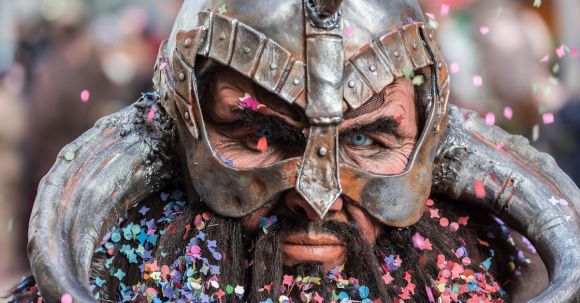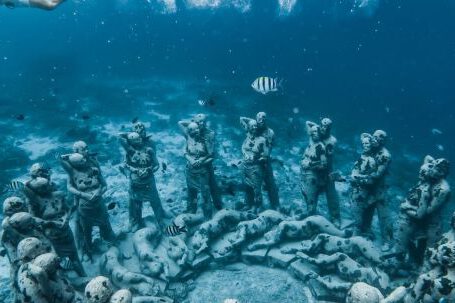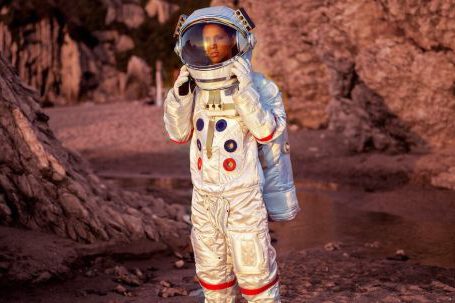The Vikings, a seafaring people from the late eighth to early 11th century, have captivated our imagination for centuries. The image of fierce warriors sailing across the seas, adorned with horned helmets and wielding mighty battle axes, has been perpetuated by popular culture. But who were the real Vikings beyond these myths?
Explorers and Traders
Contrary to popular belief, the Vikings were not just fearsome raiders. They were also skilled explorers and traders, venturing far beyond their Scandinavian homelands. The Vikings sailed across the Atlantic, reaching as far as North America, long before Christopher Columbus. They established trade routes throughout Europe, Asia, and even into the Middle East. Their ships, known as longships, were marvels of engineering, with sleek designs that allowed them to navigate both open seas and shallow rivers.
Society and Culture
The Vikings had a complex society with a strong emphasis on community and kinship. They lived in small, close-knit farming communities, known as “hof” or “gróf”, where everyone had a specific role and responsibilities. The social structure was hierarchical, with chieftains or jarls at the top, followed by free farmers, craftsmen, and slaves. Despite their reputation for violence, the Vikings were also skilled craftsmen, producing intricate metalwork, woodcarvings, and textiles.
Religion and Mythology
The Vikings had a rich mythology and religious beliefs that shaped their daily lives. They worshiped a pantheon of gods and goddesses, with Odin, Thor, and Freya being among the most prominent deities. Sacrifice played a significant role in Viking religious rituals, with animals, and occasionally humans, being offered to the gods. The Vikings also believed in an afterlife, with warriors aspiring to reach Valhalla, a great hall where they would feast and fight eternally.
Warfare and Raiding
While the Vikings were not solely raiders, their military prowess cannot be ignored. The Vikings engaged in warfare both for territorial expansion and for economic gain. Their raids on monasteries and coastal settlements were infamous, as they sought to plunder valuable treasures and capture slaves. However, it is important to note that not all Vikings were warriors. Many were peaceful farmers, traders, and craftsmen, contributing to the overall prosperity of Viking society.
Women in Viking Society
Contrary to the popular image of the Viking warrior as a burly, bearded man, women played a significant role in Viking society. They had more rights and freedoms than their counterparts in other societies of that time. Viking women could own property, divorce their husbands, and even participate in trade and politics. Some women even held positions of power as queens or chieftains. The sagas, ancient Norse texts, depict strong and independent female characters who were not afraid to assert themselves.
Legacy and Influence
The Viking Age eventually came to an end, as Scandinavian societies embraced Christianity and political centralization. However, the legacy of the Vikings lives on. Their seafaring skills and exploration opened up new trade routes and expanded the known world. The Vikings also left their mark on language, as many English words have their origins in Old Norse. Additionally, their myths and sagas continue to captivate readers and inspire writers to this day.
In conclusion, the real Vikings were a multifaceted people who were not solely defined by their raiding activities. They were skilled explorers, traders, and craftsmen, with a complex society and rich mythology. While their raids were undeniably a part of their history, it is important to look beyond the myths and appreciate the full extent of their contributions to the world. The Vikings were a truly remarkable civilization, whose impact can still be felt today.





